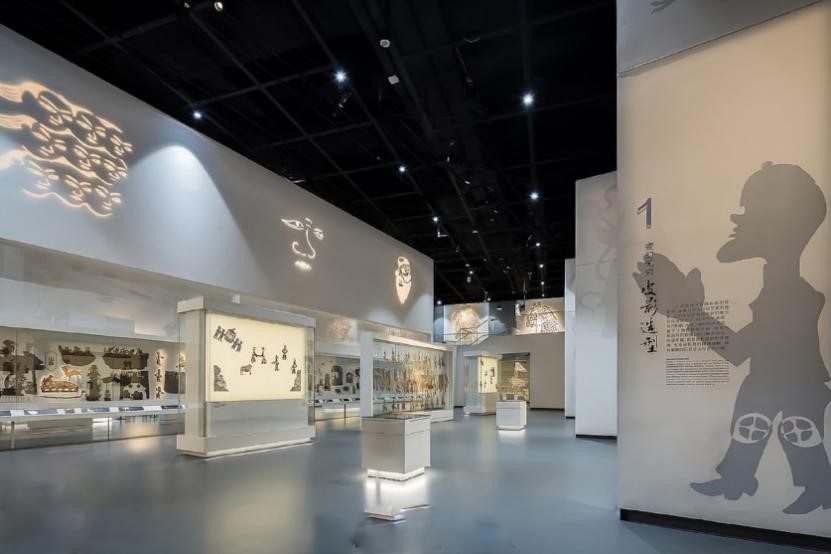
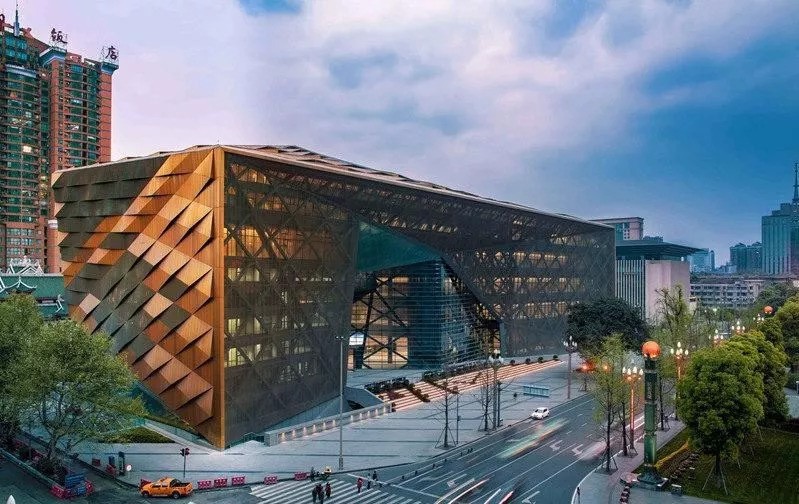
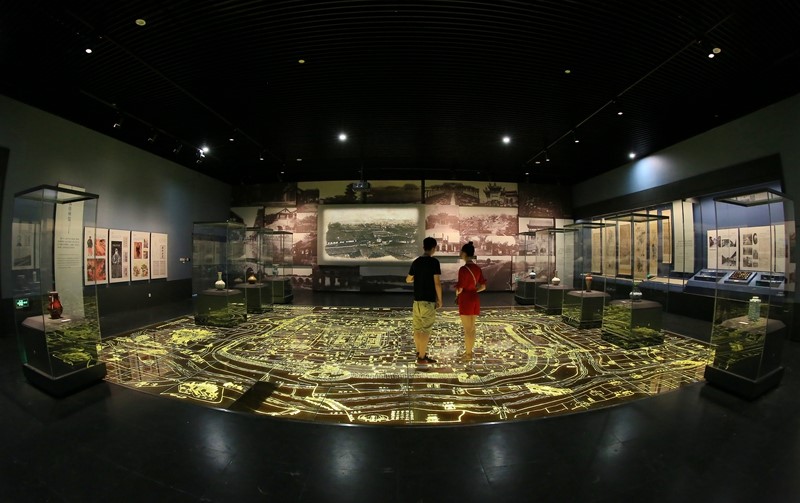

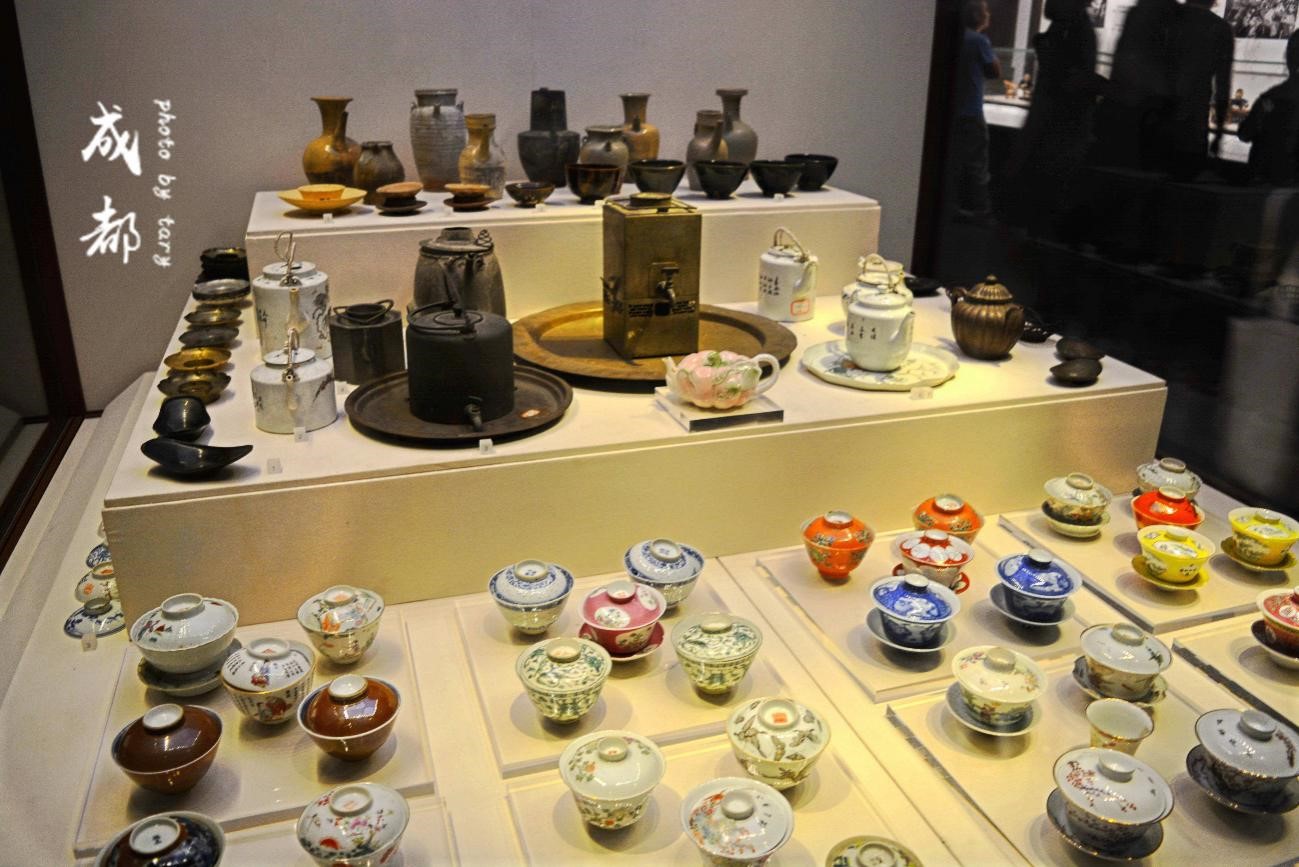





Chengdu Museum, founded in 1958, is the largest comprehensive museum of Chengdu. It locates in the city center, adjacent to the Sichuan Library, the Sichuan Art Museum and the Sichuan Science Museum. The museum mainly promote public understanding of Chengdu’s history and culture with collection, protection, research and exhibition of culture relics. In the meantime, it strives to provide diversified public cultural services.
After decades of archaeological excavation and collection, Chengdu Museum has now collected more than 20,000 pieces of various cultural relics, forming a relatively complete collection of bronzes, gold, silver, jade objects, pottery, porcelain, Stone carvings, paintings, and furniture from the ancient stone age to the Jurassic Period. The museum also holds exhibitions of different culture, country, ages in various way, which can be a good travel for tourist to enjoy art and culture.
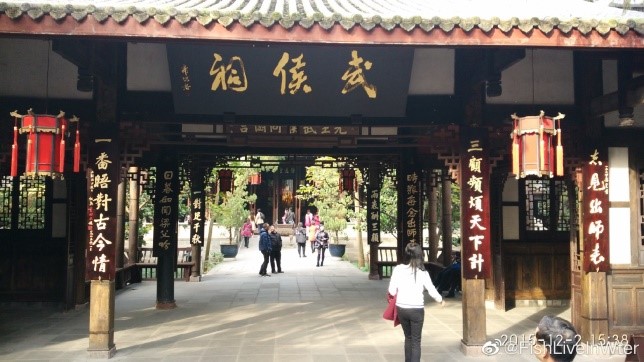
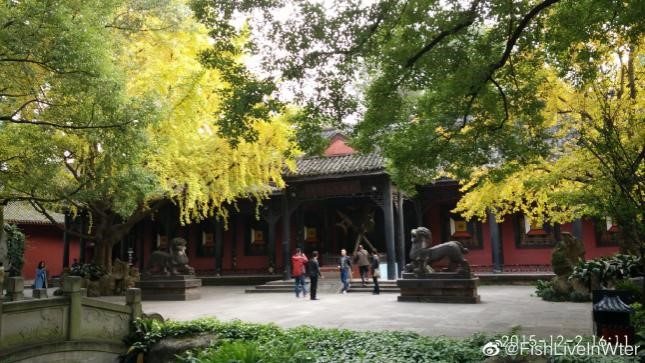
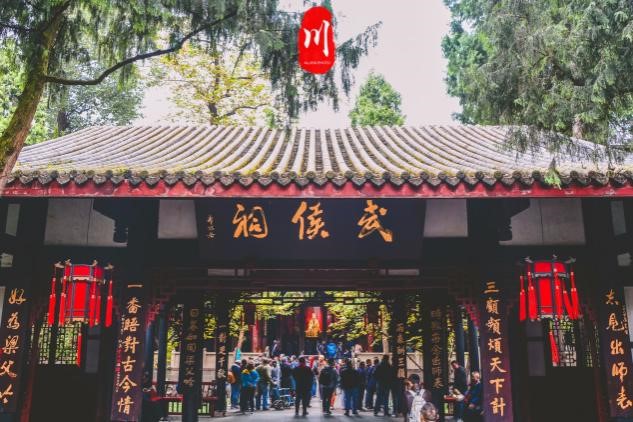
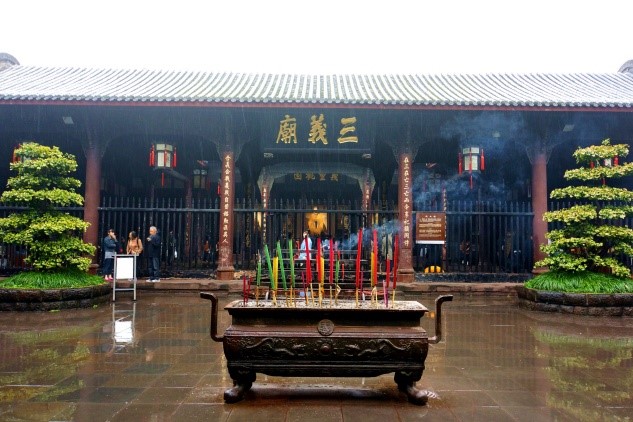
Wuhou Temple (Wuhou Temple Museum) is located in Wuhou District, Chengdu, Sichuan Province. It is the only temple for Joint Worship of emperors and ministers in China, and the most famous Zhu Geliang, Liu Bei, the memorial site of heroes of Shu Han and the Three Kingdoms relic Museum. It represents the reputation of "Three Kingdoms Holy Land".
The Museum covers an area of 37000 square meters and has a building area of 9200 square meters. Wuhou Temple was built in the last years of the Western Jin Dynasty, and was adjacent to the temple of Zhaolie, the first leader of the Shu State. In the early Ming Dynasty, Wuhou Temple was integrated into zhaolie temple, so On the gate plaque, it is written "Zhaolie Temple of Han Dynasty".

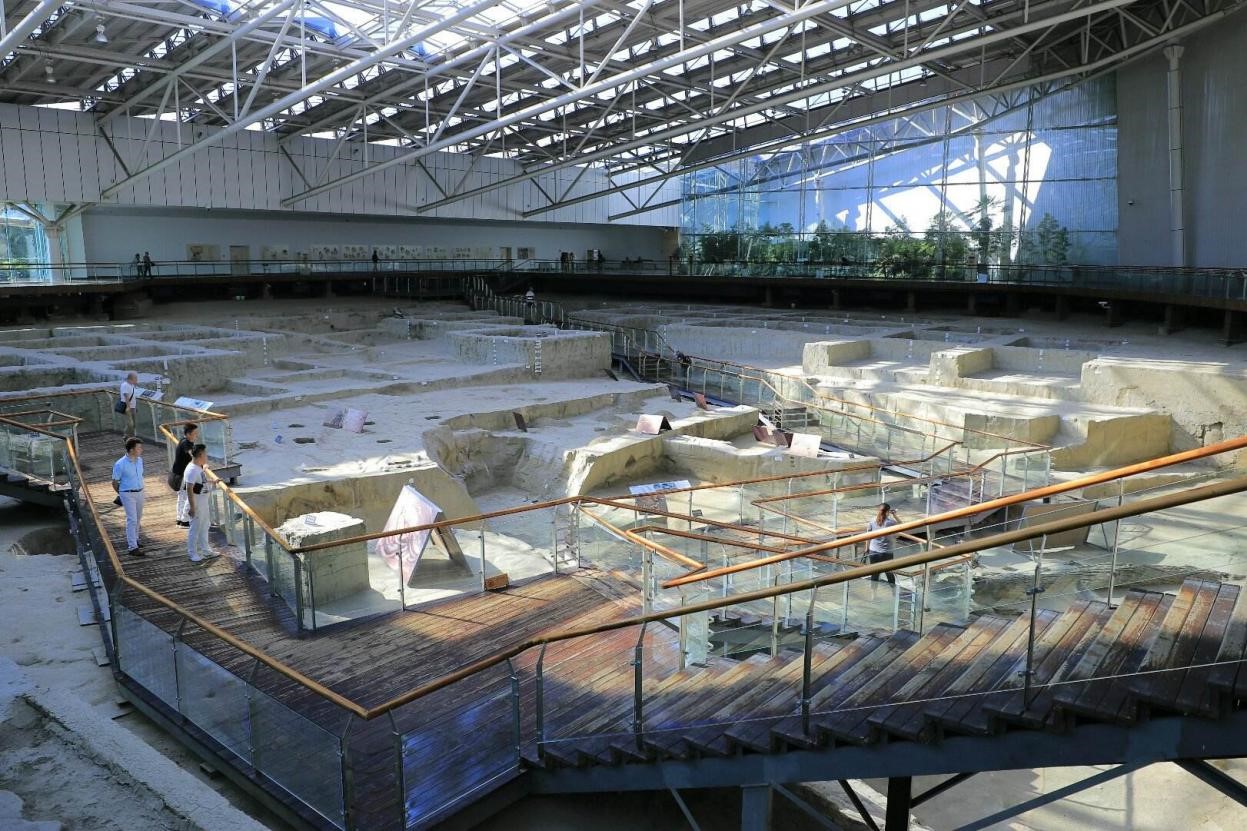
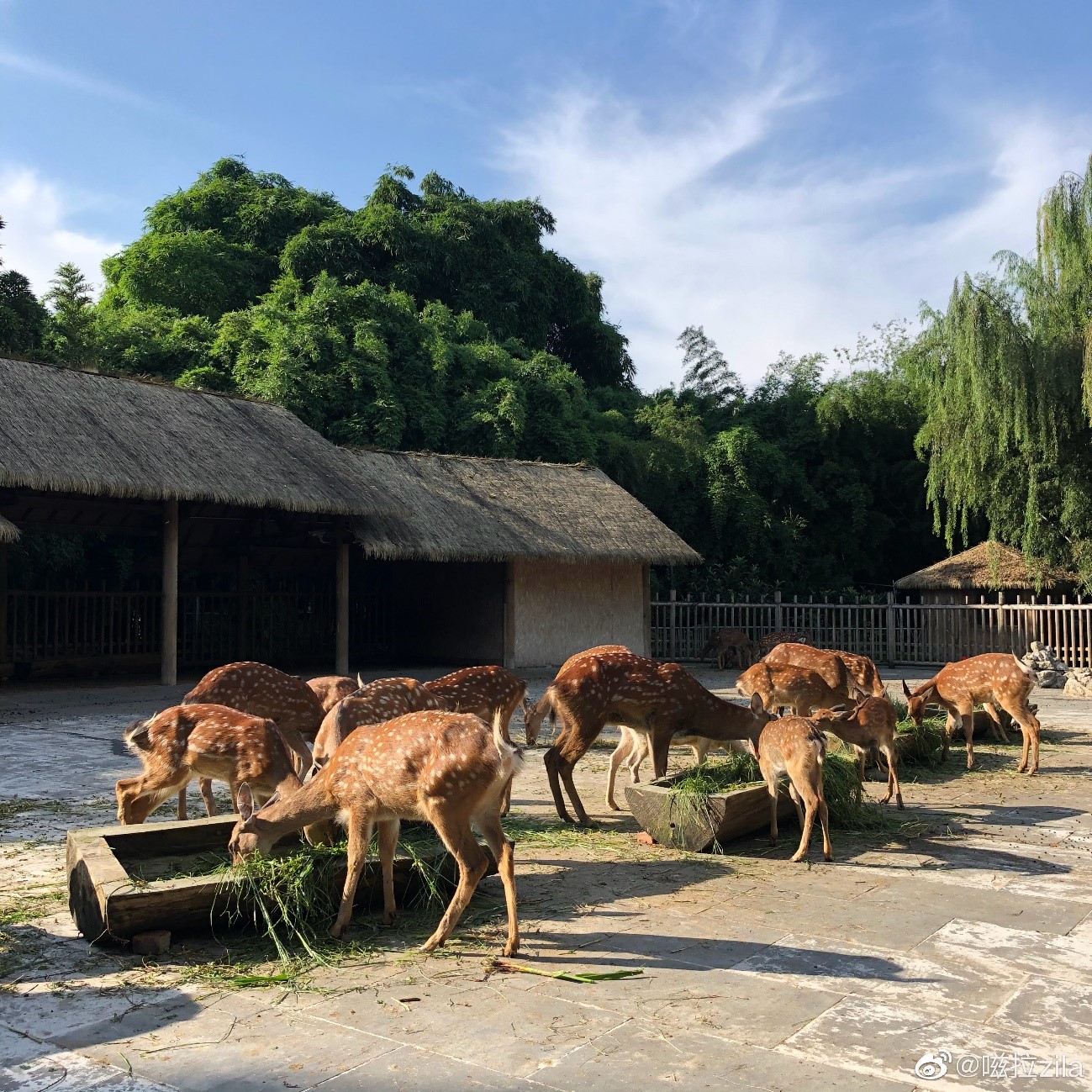

Jinsha Site Museum is a national museum, Level Museum, with 38000 square meters construction area. The museum is built to protect, study and exhibit the Jinsha culture and ancient Sichuan civilization. It has a collection of gold, copper, jade, stone objects, lacquer wood, pottery, ivory and other cultural relics, totaling 2235 pieces.
As a landmark building of Chengdu City, the museum is near-circular. The exhibition hall is square and its circular side, symbolizing the ancient Chinese perspective of the universe. The design of the roof has been integrated with the elements of Jinsha and archaeology by the architects, and the circular symbol is the design of the golden ornament, the treasure of Jinsha Site Museum. The square pattern symbolizes the exploration used in archaeology.
The garden area is designed based on the concept of "the beauty of nature, the joy of grass field", so the Greening rate is as high as 80%, In the garden, tourists can not only enjoy woodland scenery, but also feed the deer.
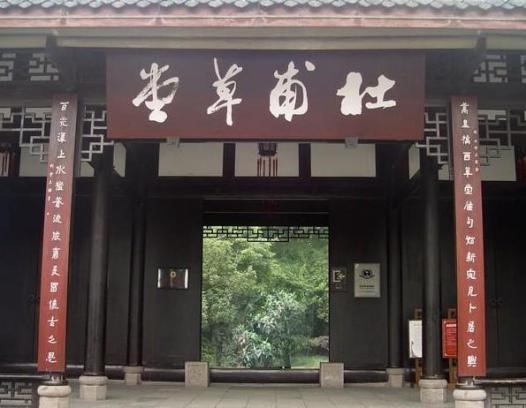

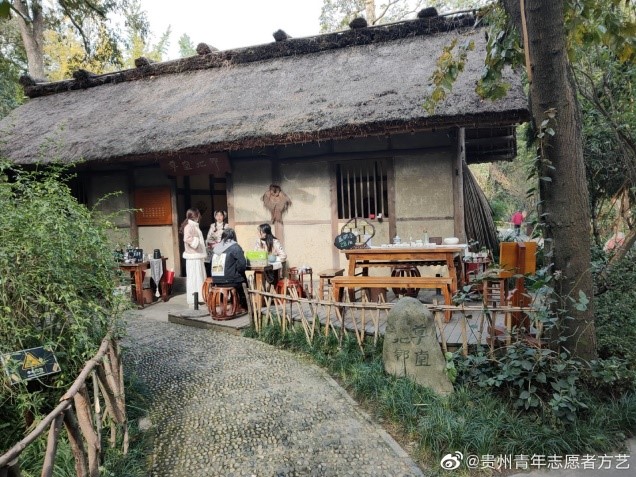
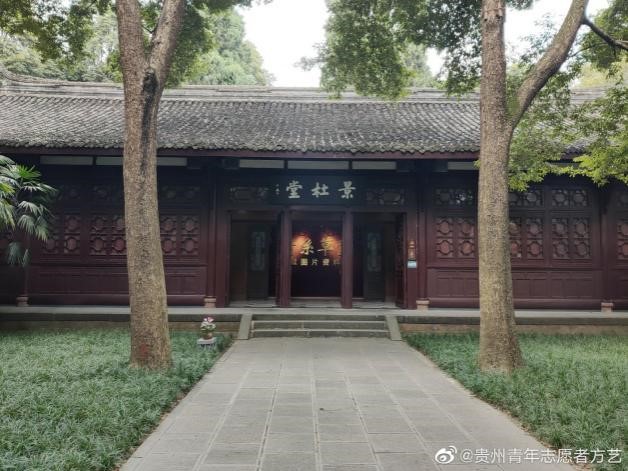
Dufu Thatched Cottage (Chengdu Dufu thatched cottage museum) is a national 4A tourist attraction, national key cultural relics protection unit, national first-class museum, and the national key protection unit of ancient books. It is the largest, best preserved, most well-known and most characteristic trace site of famous poet Du Fu.
The thatched cottage completely retains the architectural pattern of repair and expansion in the 13th year of the reign of emperor Hongzhi of the Ming Dynasty (AD 1500) and the 16th year of Jiaqing of the Qing Dynasty (A.D. 1811). Du Fu lived here for nearly four years and composed more than 240 poems, which makes it a holy land in the history of Chinese literature.
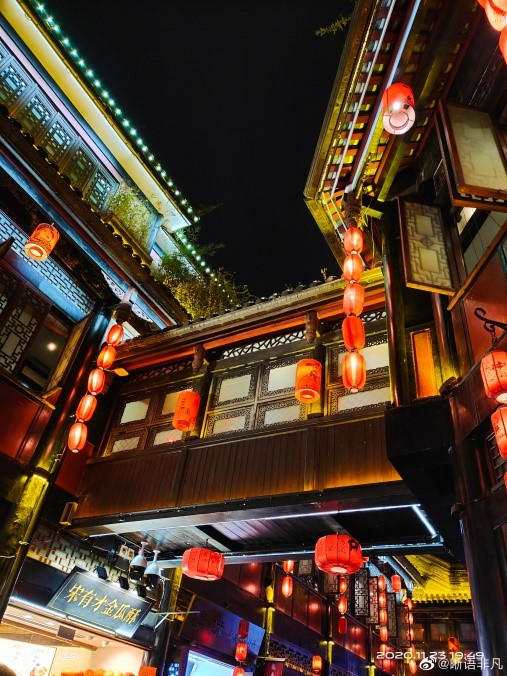
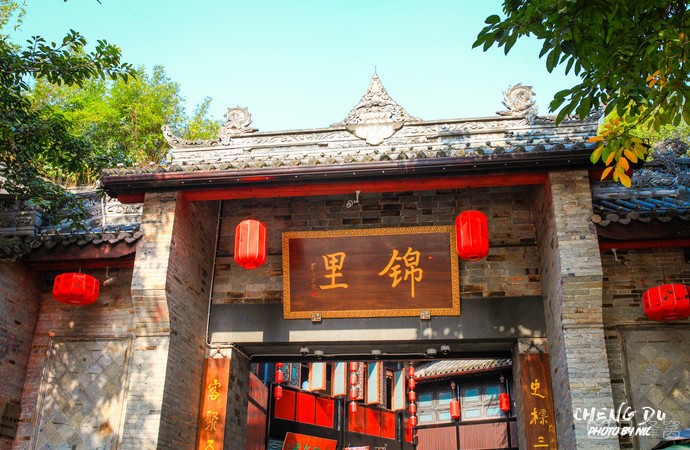
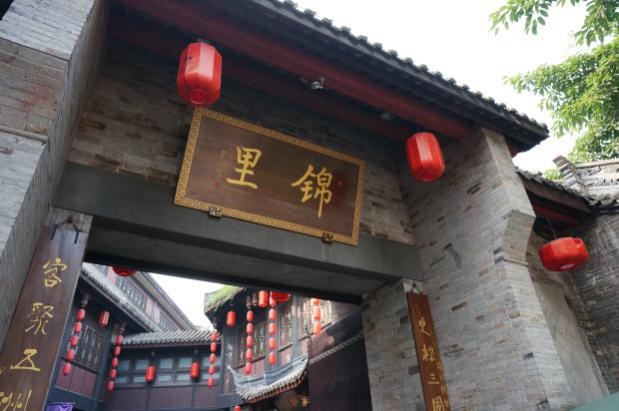
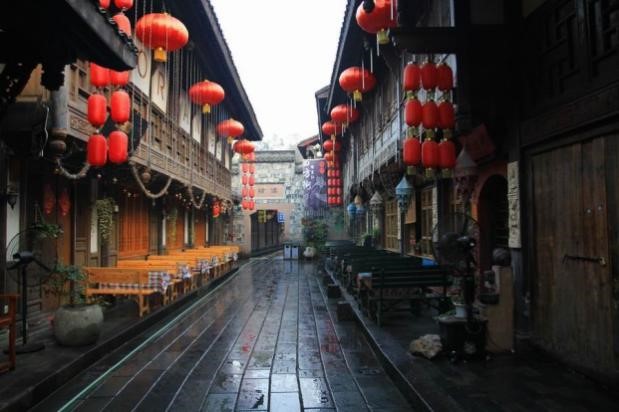
Jinli ancient street, also known as Jinli Street, is an ancient commercial street located in Chengdu and adjacent to Wuhou Temple. Historical records show that Jinli was once one of the most time-honored and prosperous streets of Western Shu. It was well-known throughout the country as early as the Qin and Han Dynasties and the Three Kingdoms Period. Taking the spirit of Qin, Han and the Three Kingdoms as its soul, Ming and Qing features as its appearance, and Western Sichuan folk customs as its content, Jinli embodies and spreads Three Kingdoms Culture.
Jinli Street is an antique building whose style blends late Qing Dynasty with early Republic of China, with the Three Kingdoms Culture and Sichuan traditional folk culture as the main characteristic. Through the dabbled street, tourists could visit well-known restaurants, and entertainment spots of Sichuan.
Here, you can enjoy the craft of making clay figurines and sugar paintings, and you can also visit the shops of the Three Kingdoms. There are all kinds of Sichuan special snacks in the street, including teahouses, cafes, bars, inns and so on. And it's at night that the bustling and charming street truly shines.

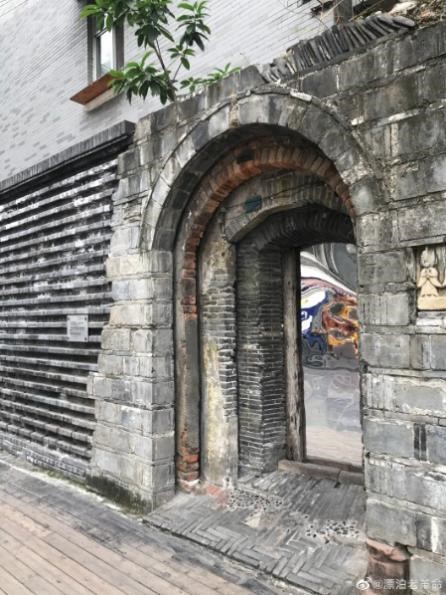
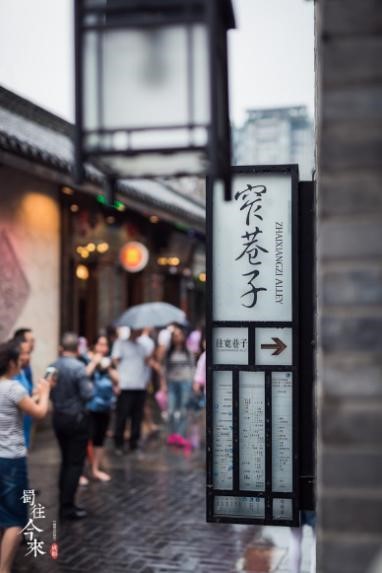
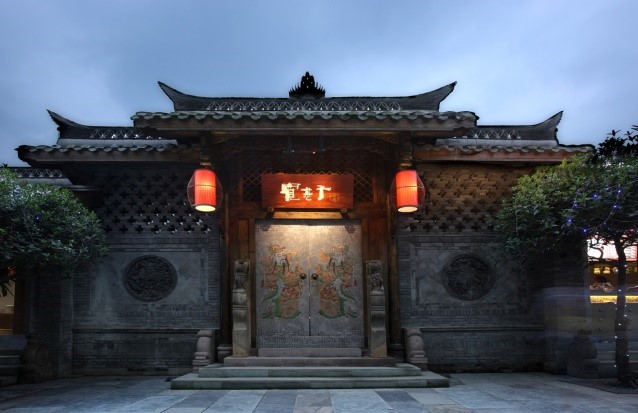
Kuanzhai Alley is one of the three historical and cultural protection areas in Chengdu. It is composed of three parallel old-fashioned streets of Kuan Alley, Zhai Alley and Jing Alley and the quadrangle community between them. There are 45 newly-built residential buildings with the characteristics of the late Qing Dynasty. It integrates old Chengdu urban pattern and original architectural pattern, northern Hutong Culture and southern architectural style.Kuanzhai alley becomes the "specimen of Chengdu life", since it represents and reflects both the traditional life and culture of Chengdu.
The courtyard culture is divided into three themes: Kuan Alley is "leisure life" area, with tourism and relax as the theme; Zhai Alley is "slow life" area, focusing on tourism and relax; Zhai Alley is "slow life" area, with brand commerce as the theme, targeting consumer group of boutique consumption; Jing Alley is "new life" area, orienting fashion and youth, mainly for urban youth.
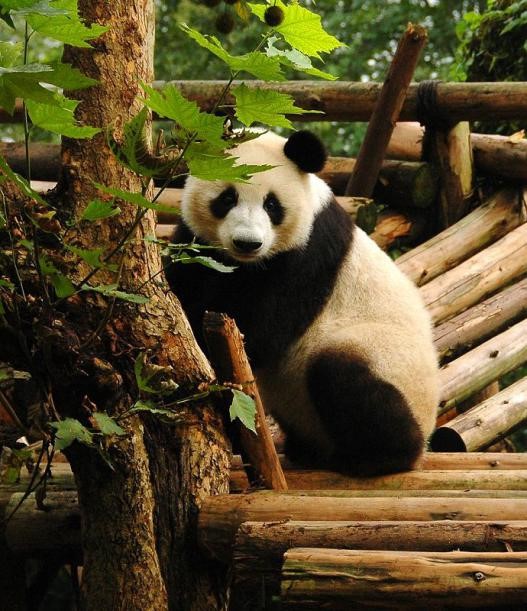

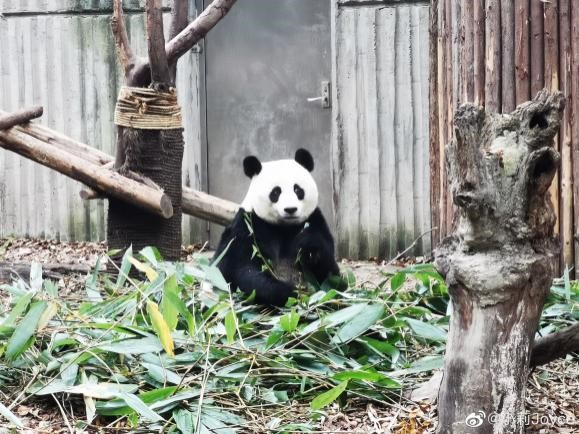
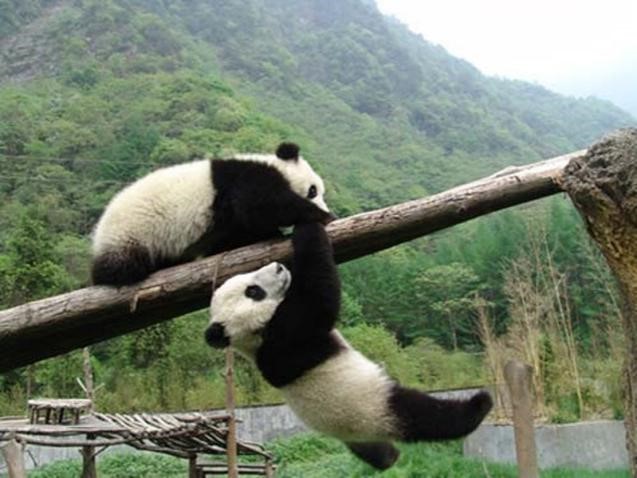
Chengdu Panda Breeding Research Base is one of the main research bases for the Chinese government to implement the conservation project of panda and other endangered wild animals. It is a well-known conservation and research institution of panda and threatened species of China and even of the world, which integrates scientific research and breeding of panda, conservation education, educational tourism and panda culture construction.
There are pandas, little pandas, black necked cranes, white storks and white swans, black swans, geese, mandarin ducks and peacocks. There are more than 90 species of wild birds in the artificial ecological vegetation of the base, which is composed of more than 300 species of higher plants from 68 branches. At present, the base is full of green bamboos, trees, birds and flowers, fresh air, natural mountain scenery and beautiful artificial landscape, in which all kinds of rare and endangered animals live and reproduce successfully.
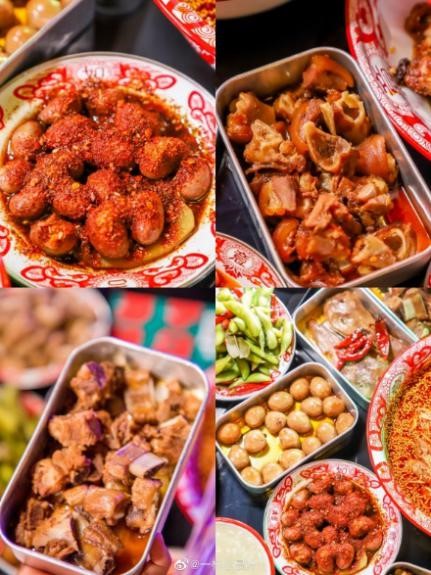
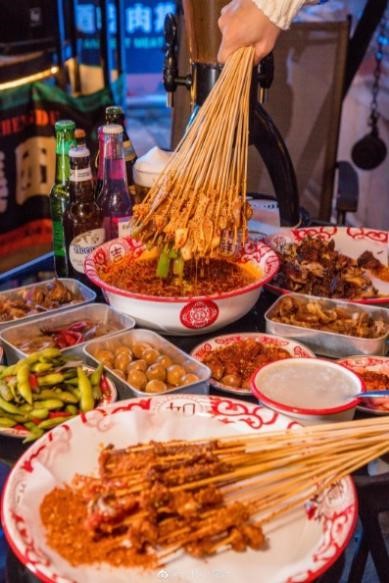

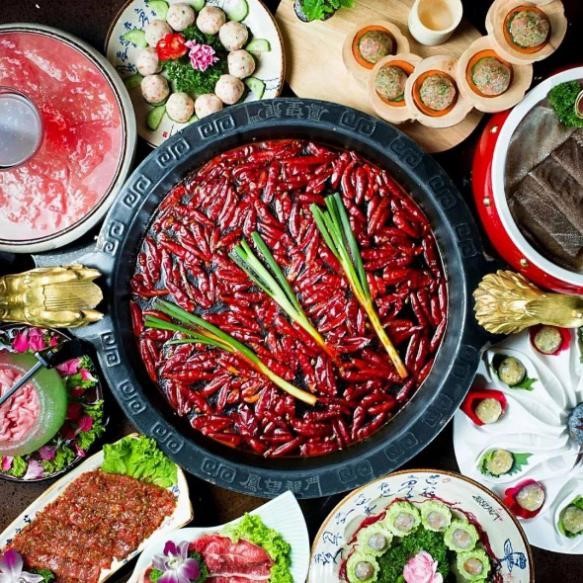

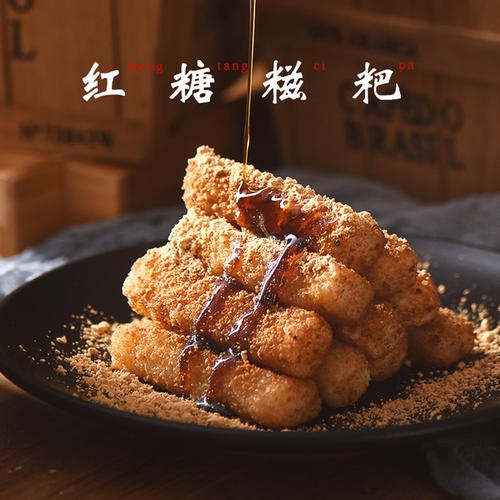
Except for famous spicy Hot Pot, Mapo Tofu, Kong Pao Chicken, Pork Lung Slices in Chili Sauce, Special Flavor Fish, Boiled Pork, Sichuan cuisine owns a long history which can be dated back to the Three Kingdoms Period. It has become one of the four major cuisines in China with its unique cooking methods and strong local flavor attracting tourists from all over the world.
Famous snacks in Chengdu: Dandan Noodles, Baked Egg Cakes, Sichuan Style Wonton, String of Meat and Vegetables, Sichuan Crusty Pancake, Lamplight Beef, etc.
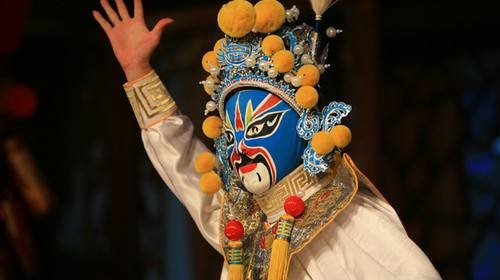
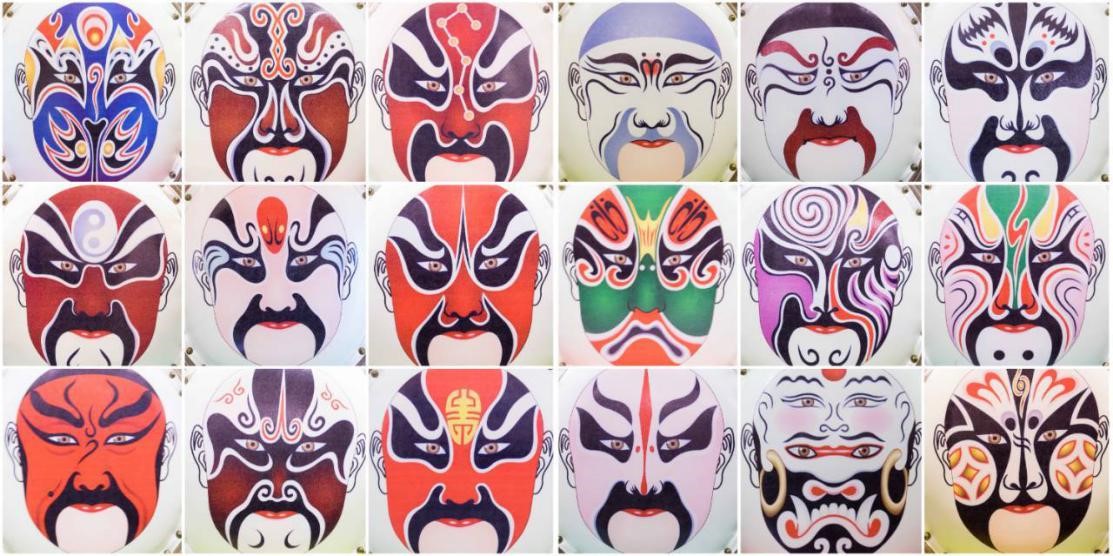
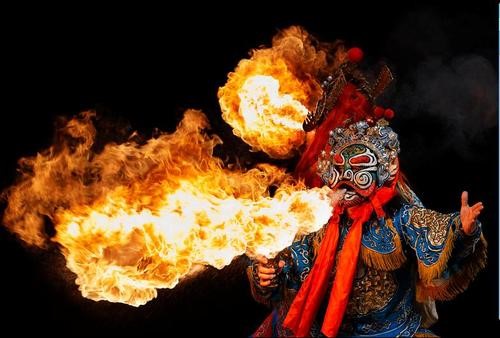
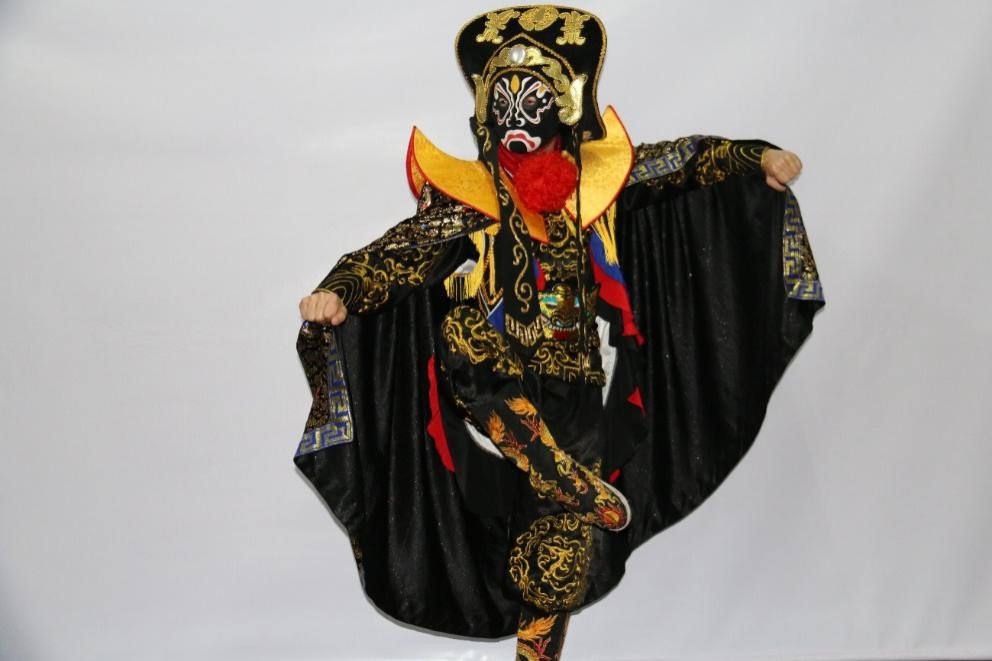

The Face-changing Culture is related to Sichuan Opera, which is one of many local operas in China. Face Changing is not simply changing one’s facial makeup in a casual way but is a special technique in the performance of Sichuan Opera. It refers to the changing of mask in quick succession to show different emotions and feelings of character during the performance.
It is said the origin of Face-changing is aimed to resist the wild beats in ancient times, when people ran into a ferocious animal, people used to draw different patterns on their faces to scare the animal away. Later on, such trick was applied to the stage performance of Sichuan Opera in order to shaping the image of characters. Face-changing can express the inner thoughts, feelings, emotions and mental state of the characters in a distinctive way.
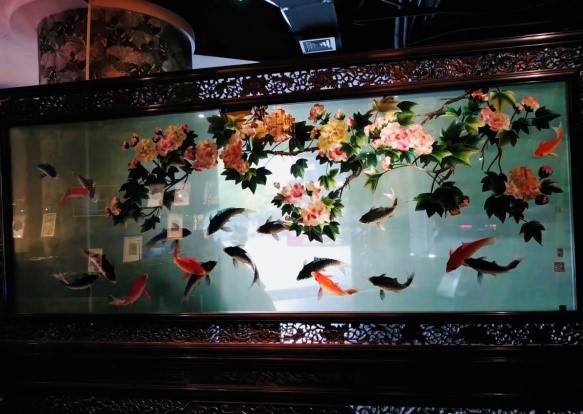

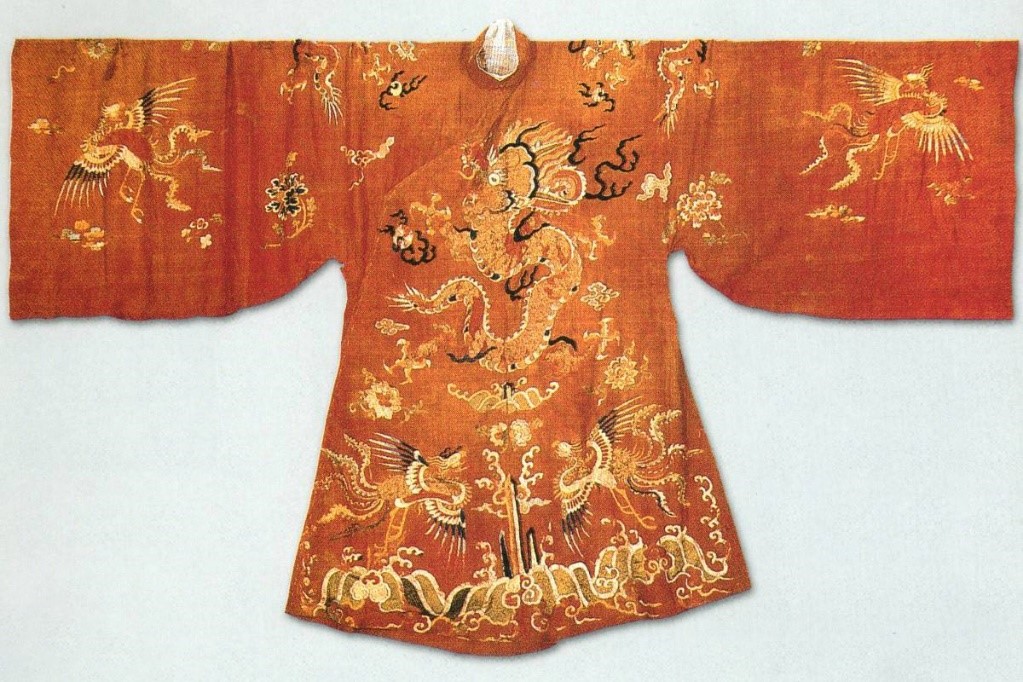
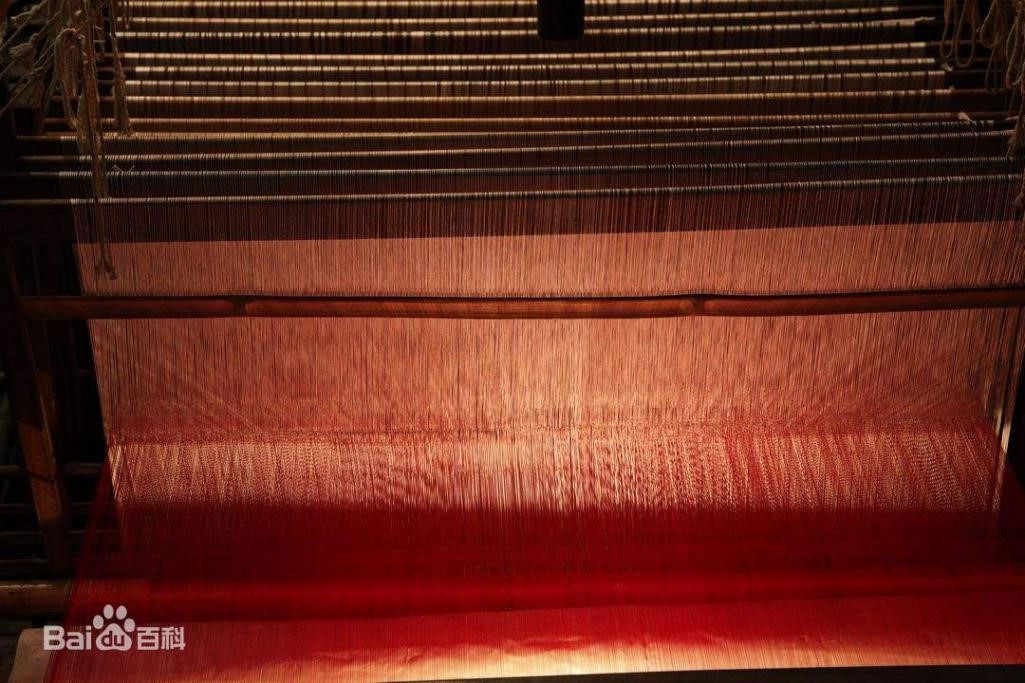

Shu Embroidery, also known as "Sichuan Embroidery", is the general name of embroidery products in areas with Chengdu, which is produced in Chengdu, Mianyang and other areas in Sichuan Province. Shu Embroidery is as famous as Suzhou embroidery, Hunan embroidery and Guangdong embroidery. According to the literature, the earliest king of Shu State already knew how to breed silkworm. At the end of the Han Dynasty and the Three Kingdoms Period, Shu Brocade and Shu Embroidery had already been well-known in the world as a rare and expensive silk fabric, the Shu Embroidery was treated as treasure through many dynasties.
Sichuan Brocade, the brocade silk products produced in Chengdu, originated in the Warring States Period, has a history of more than 2000 years. The weaving technology of Sichuan brocade is one of the national intangible cultural heritage. Because of its long history and unique craftsmanship, Shu Brocade is known as the first of the four famous brocades in China. Chengdu Shu brocade weaving industry had been highly developed in the Han Dynasty, and the imperial court set up officials in charge of brocade in Chengdu, the effect of Sichuan brocade gives people a light and comfortable rhyme from then to now.

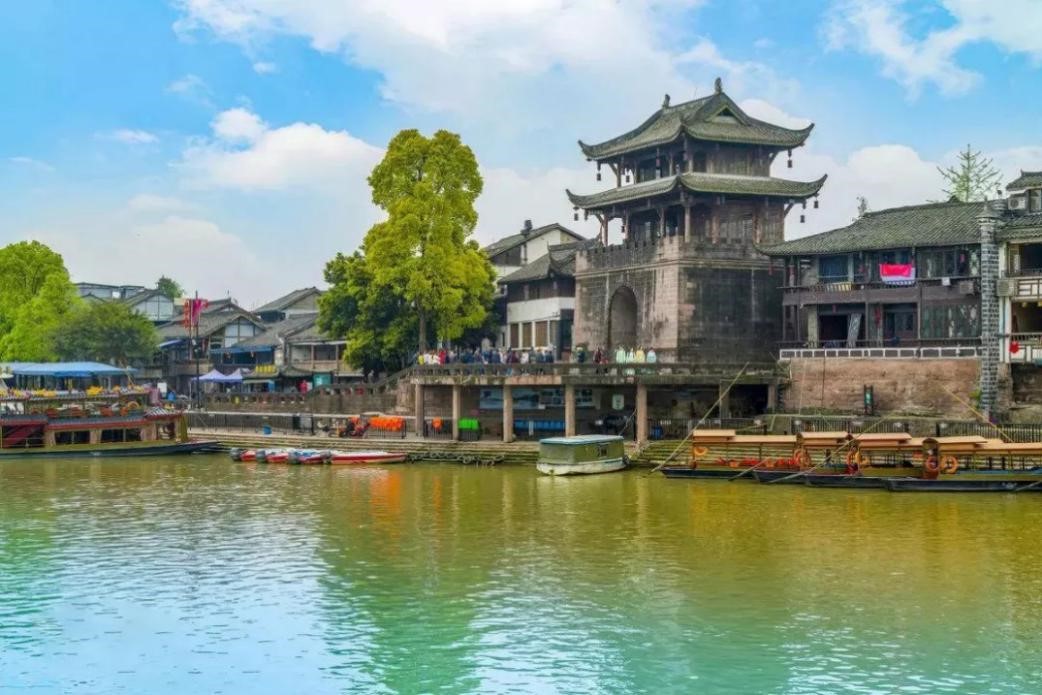
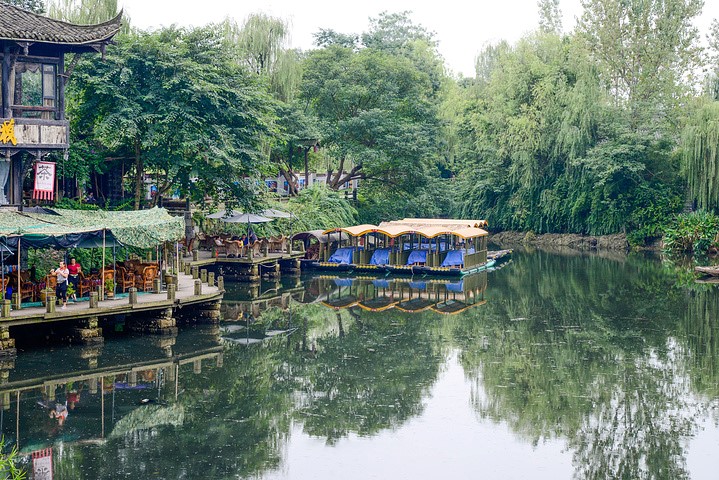
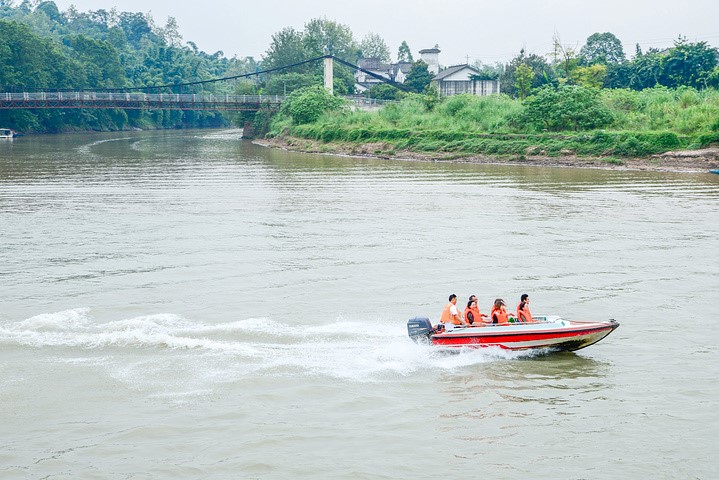

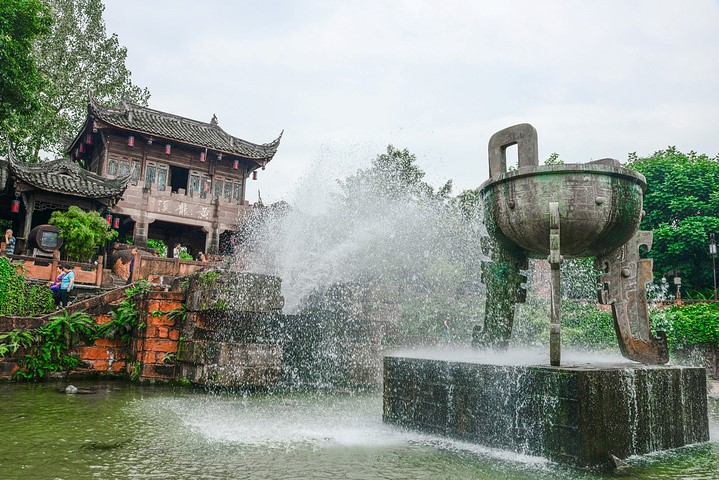
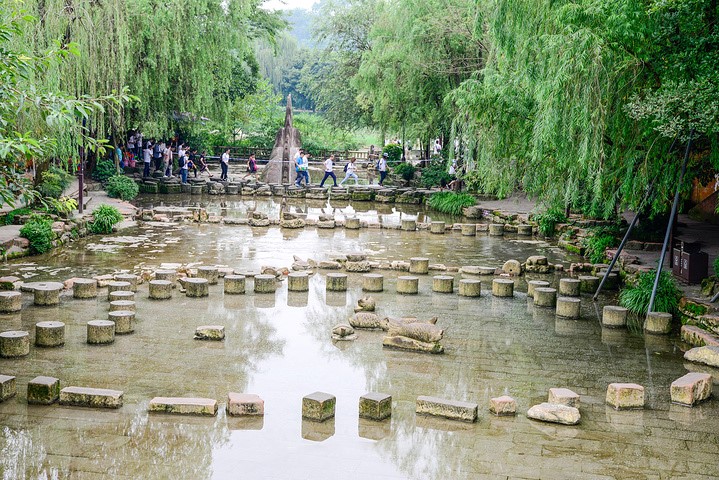
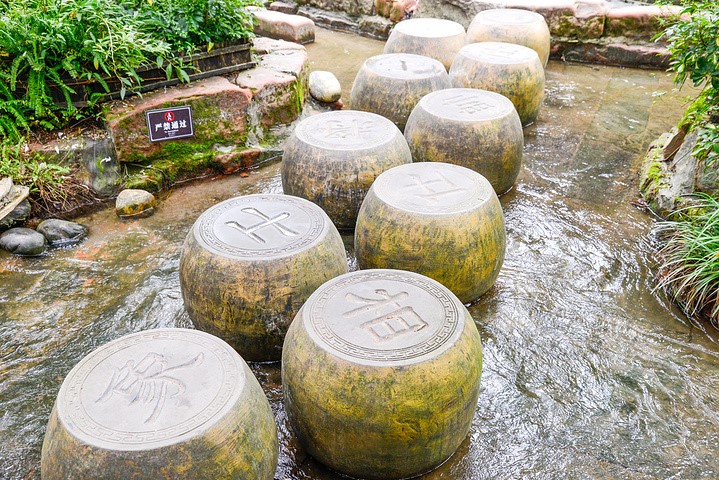
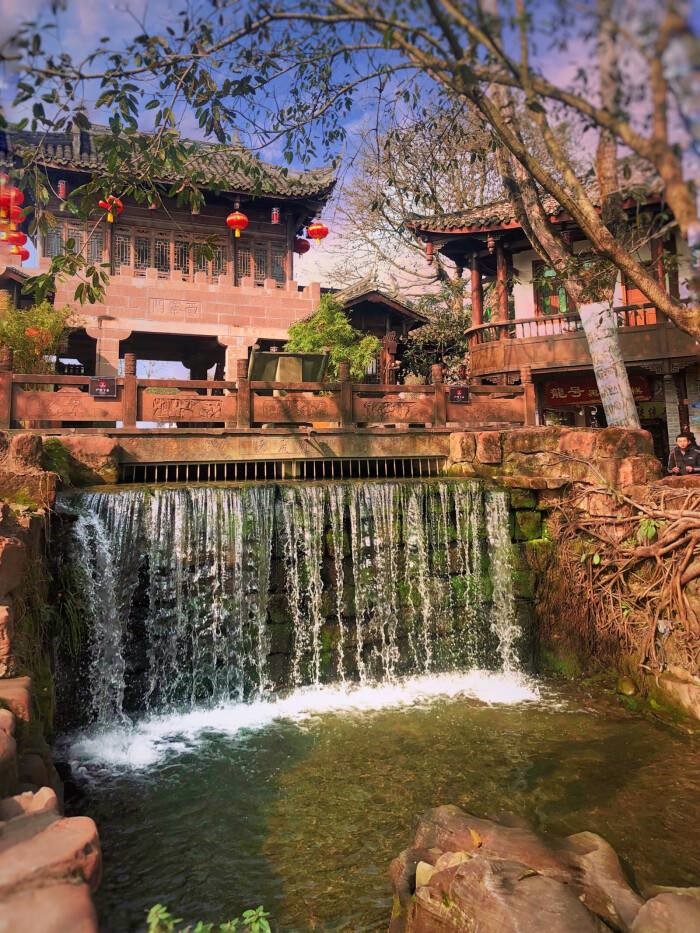
Huanglongxi Town is 39km south of Chengdu. This antiquated major military town has now become a popular spot for weekend trips and has a deep history of over 2100 years. Huanglongxi is the hometown of tea and the famous ancient road in history, also featured by its food specialties, Buddhist culture, ecological farming culture, and colorful folk art, as well as screen culture. As a water town, it also provides water tourism, dragon culture festival and is the perfect place for water activities.

 >
>
 >
>



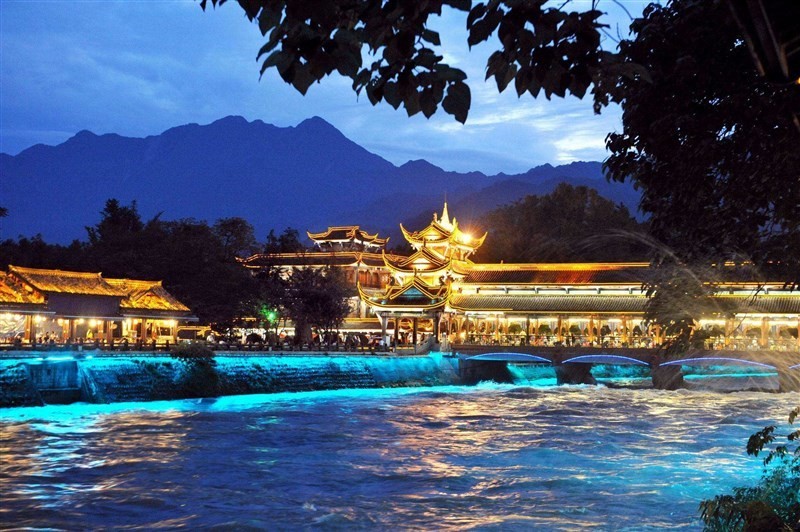


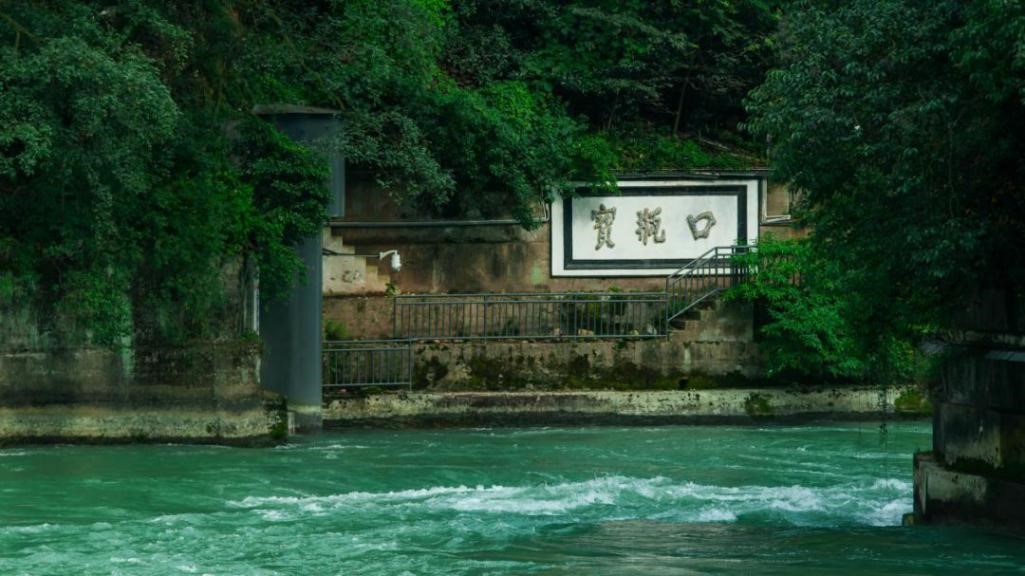

Dujiangyan, adjacent to Mount Qingcheng, 45km north of Chengdu, is an ancient technological wonder of the country. More than 2000 years ago, Li Bing (250-200BC), as a local governor of the Shu State (Sichuan Province), designed this water control and irrigation dam and organized thousands of local people to complete the project to control the Mingjiang River. For many years, the river flooded the Chengdu agricultural area and local farmers suffered a lot from the water disaster. Due to the success of the project, the dam automatically diverted the Mingjiang River and channeled it into irrigation canals. For many years, the dam has continued to make the most of the water conservancy works. People appreciate the ancient wonder, which still works to benefit the locals today.
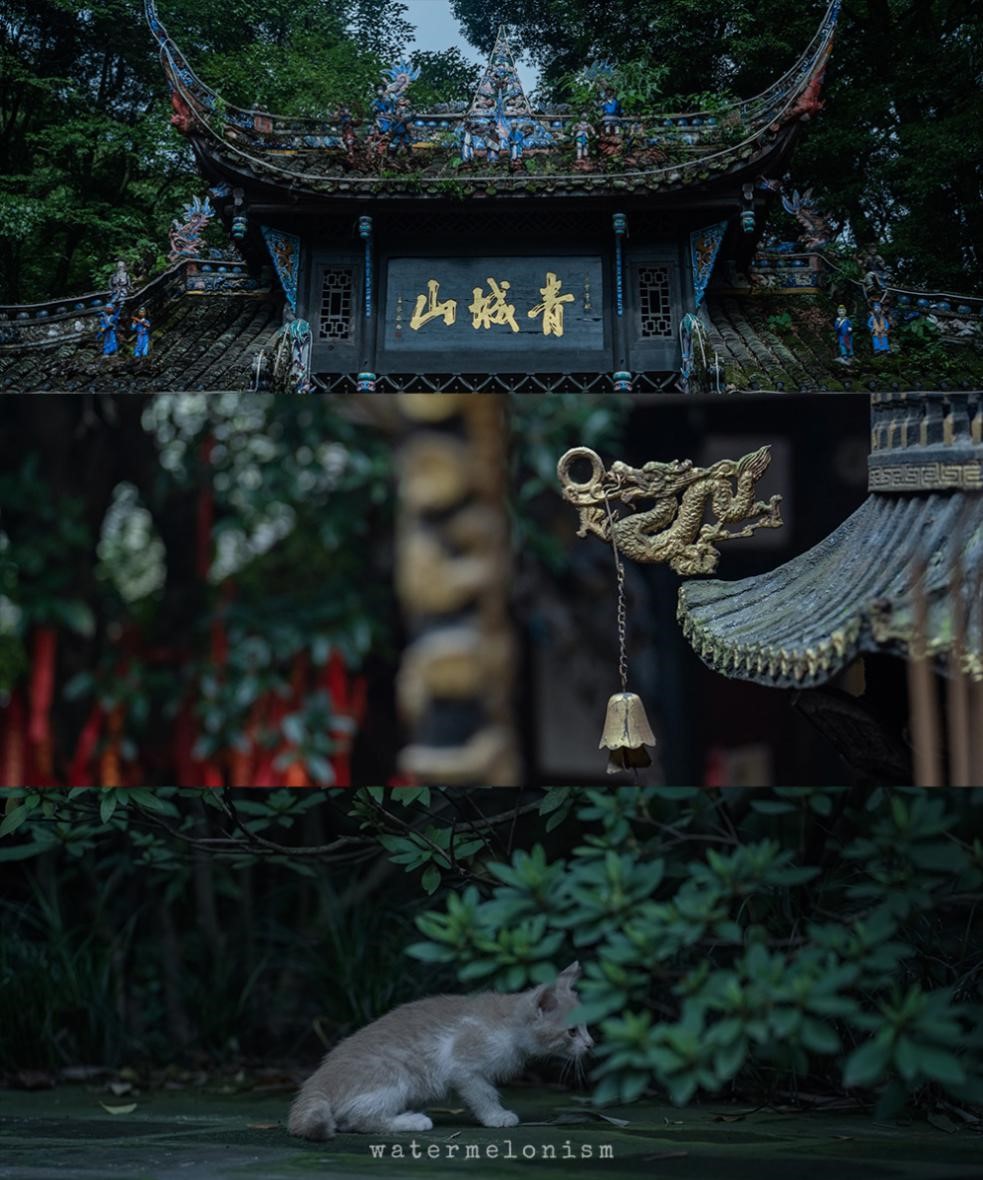
 >
>
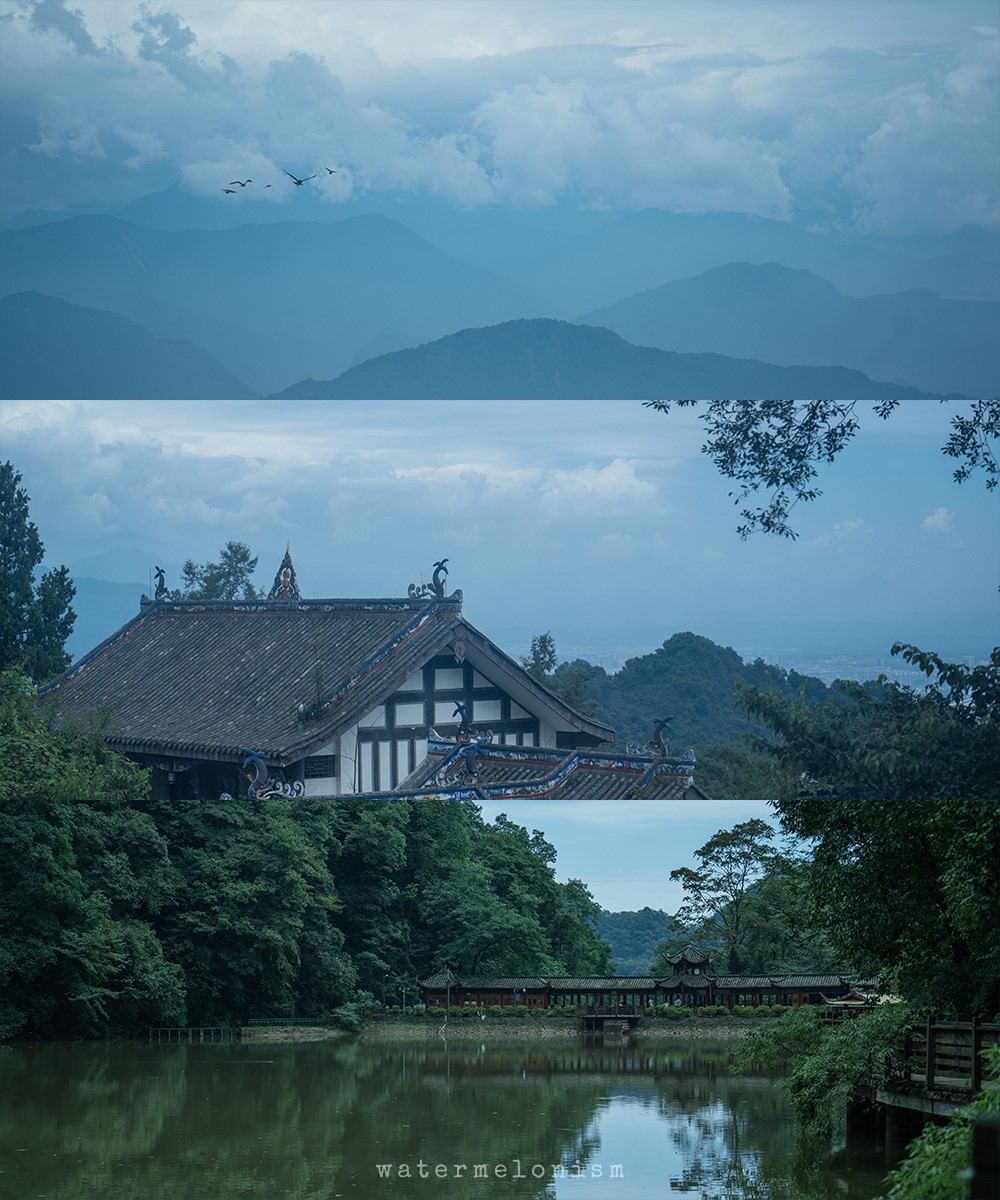
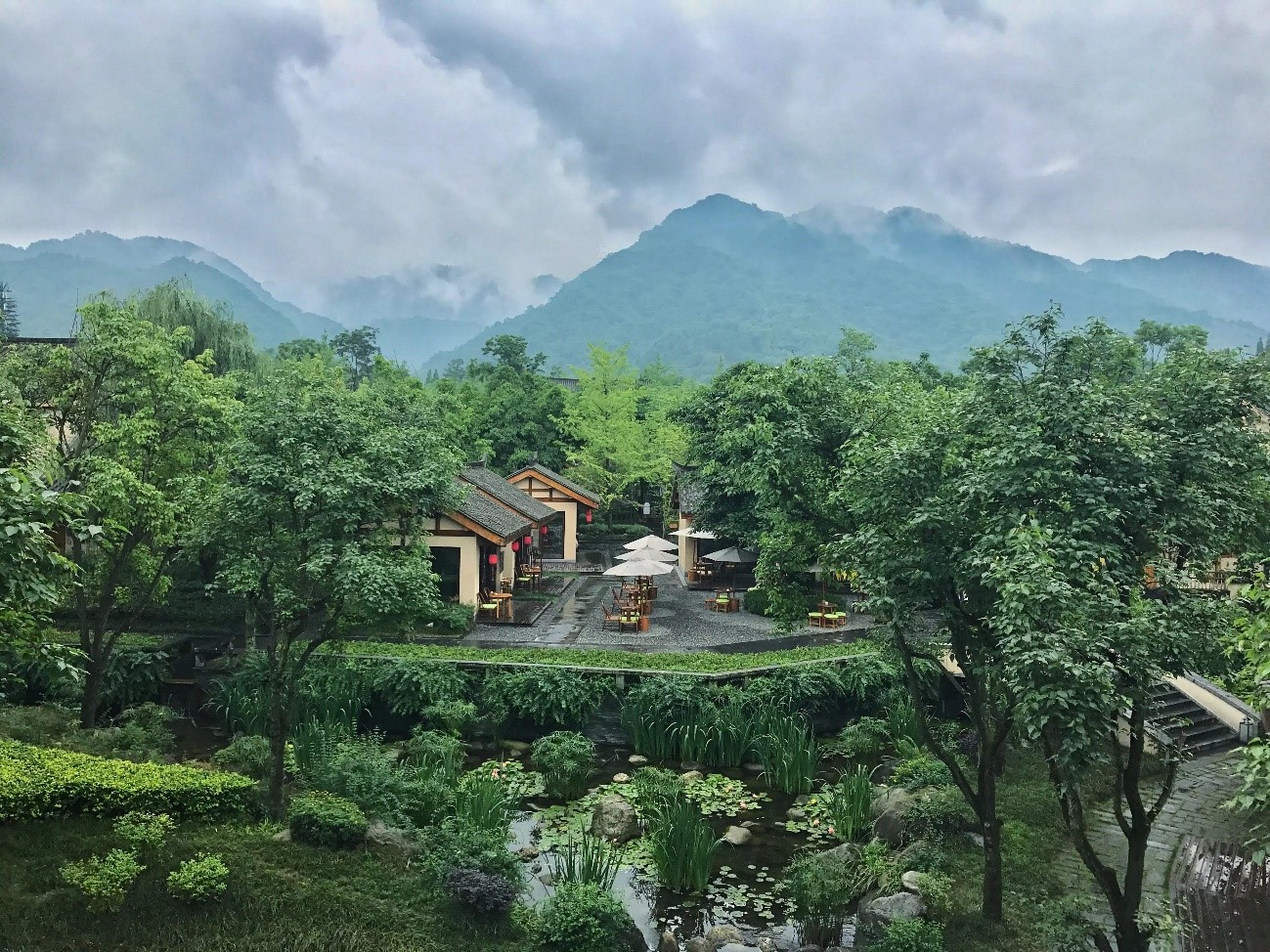
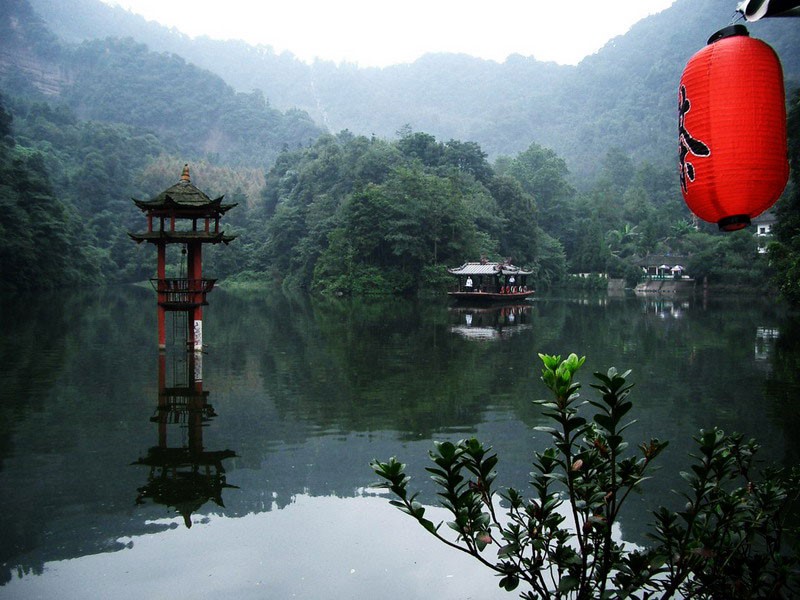
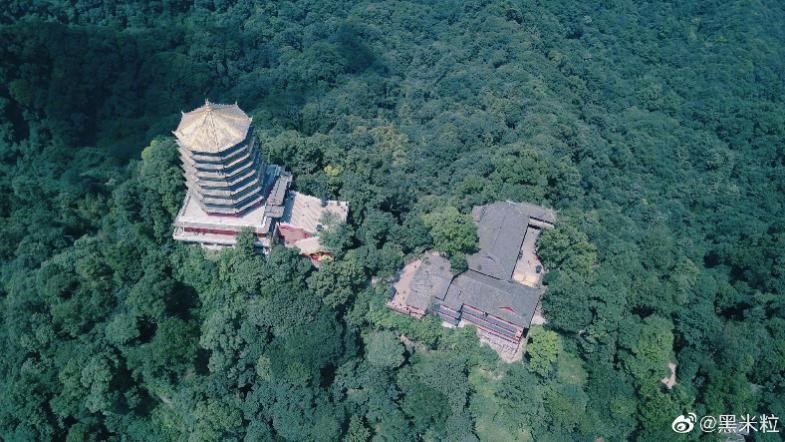
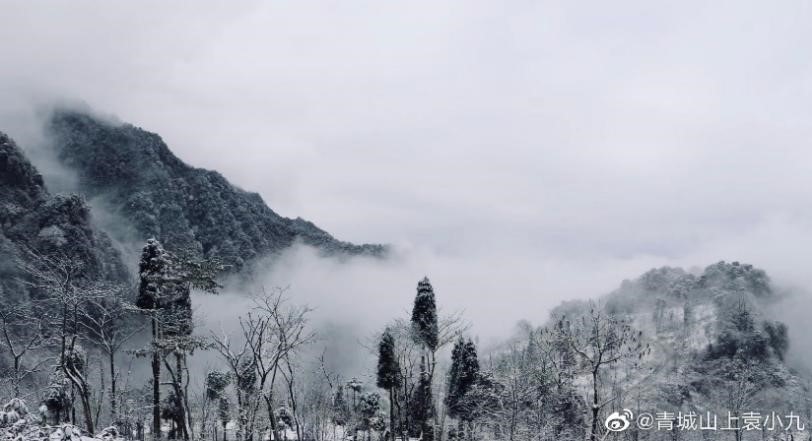
Mount Qingcheng is located 65km west of Chengdu. It takes about one and a half hours of driving from Chengdu downtown area and 30 minutes by bullet train. As one of the ancient cradles of Daoism, the mountain is famous for its natural picturesque and beautiful scenery which has seen it named a World Cultural Heritage center with National 5A Scenery Sites. Along the path to the peak, you will see countless millennium plants reaching the sky and limpid streams gently flow. Rare birds have sung for this forest - clad mountains throughout the course of over 2000 years of history. Tourists can also visit Daoist temples and sites to experience the Chinese traditional culture of living in harmony with nature.

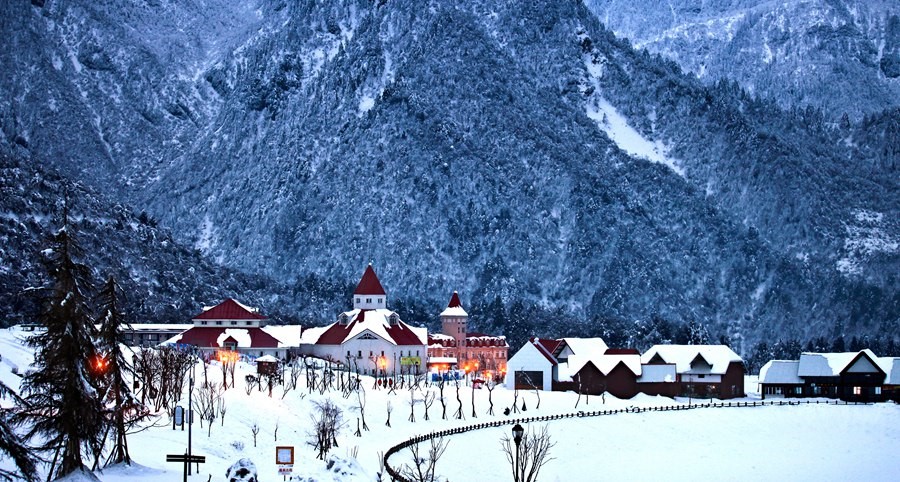 >
>

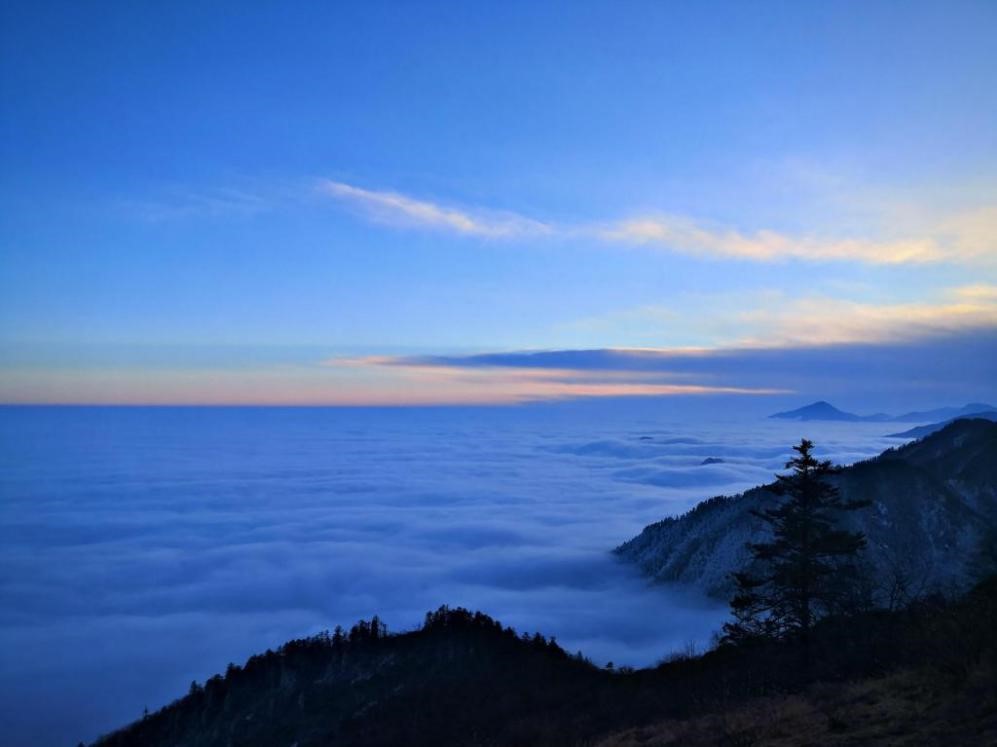
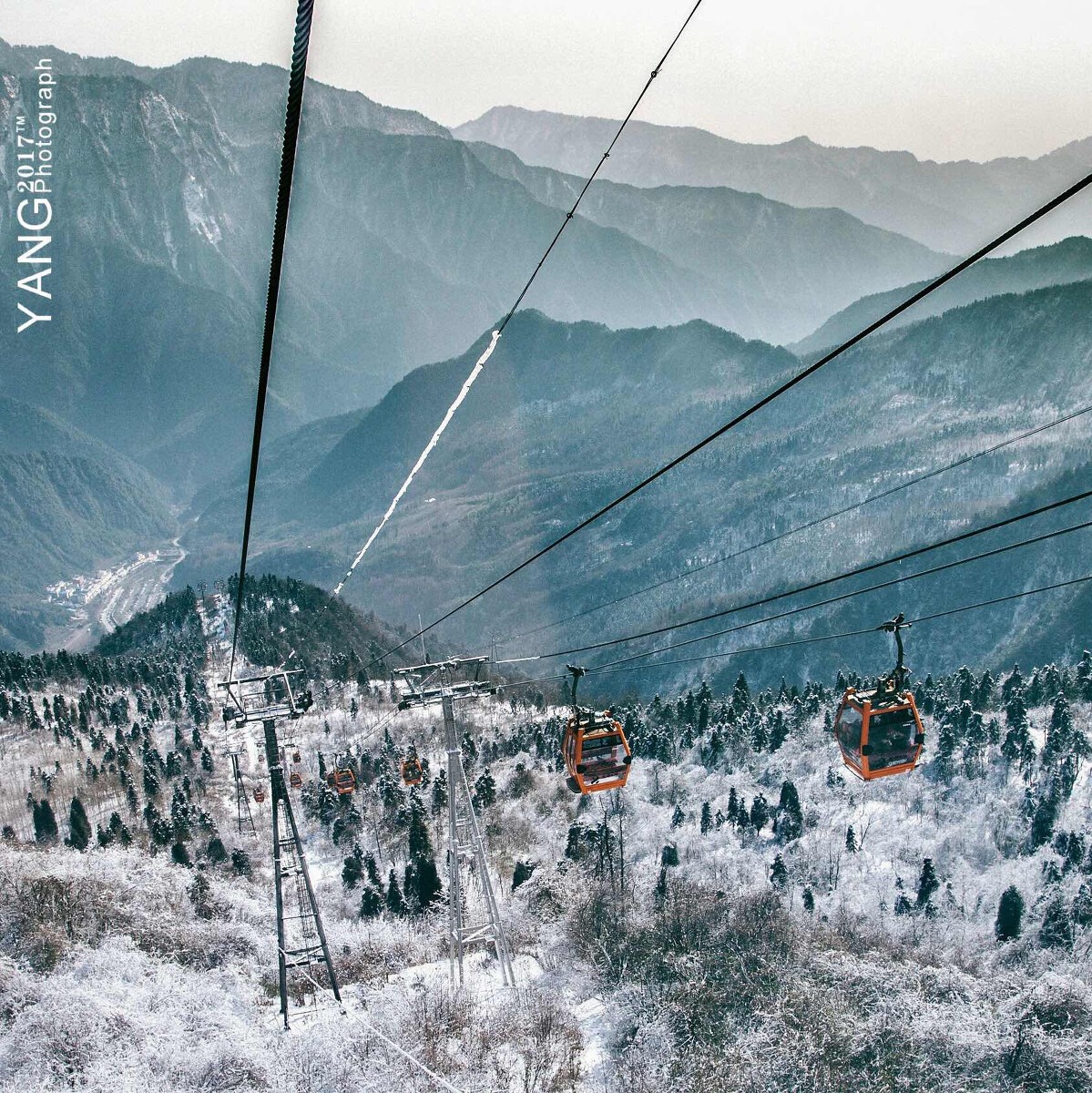


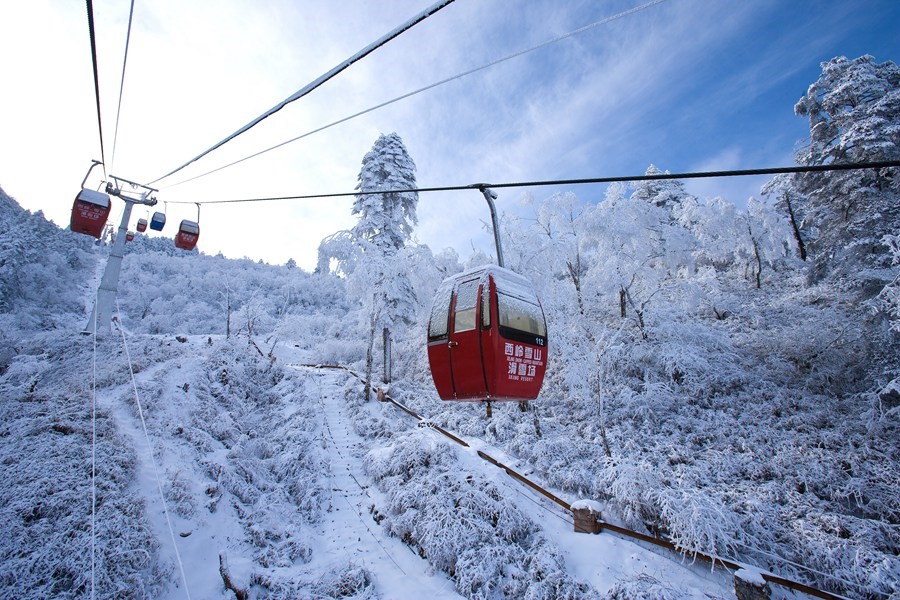

Serdang snow mountain is 95km west of Chengdu. It takes 30 minutes by bullet train to Dayi County. Taking a direct bus or driving is also a good choice for tourists. Well-known as a World Nature Heritage, Panda Habitat, this perennial snow-covered mountain is 5364 meters above sea level and is also the highest peak in Chengdu. In the sun, the snow mountain looks like white crystal, glistening resplendently with silver rays. Du Fu, the great poet of the Tang Dynasty, praised the scene and wrote the quatrains of "My window frames the snow-crowned western mountain scene; My door oft says to eastward-going ships "Goodbye!" ". Around 2200~2400 meters above sea level of the mountain, China's largest and best-equipped large alpine ski resort, snow playground and alpine grassland sports playground is located. It also houses China's longest cableway. With the change of height, tourists will enjoy green mountains, flowers like brocade, specific red leaves to even the extraordinary sight of sea of clouds, following the snow-capped mountain.